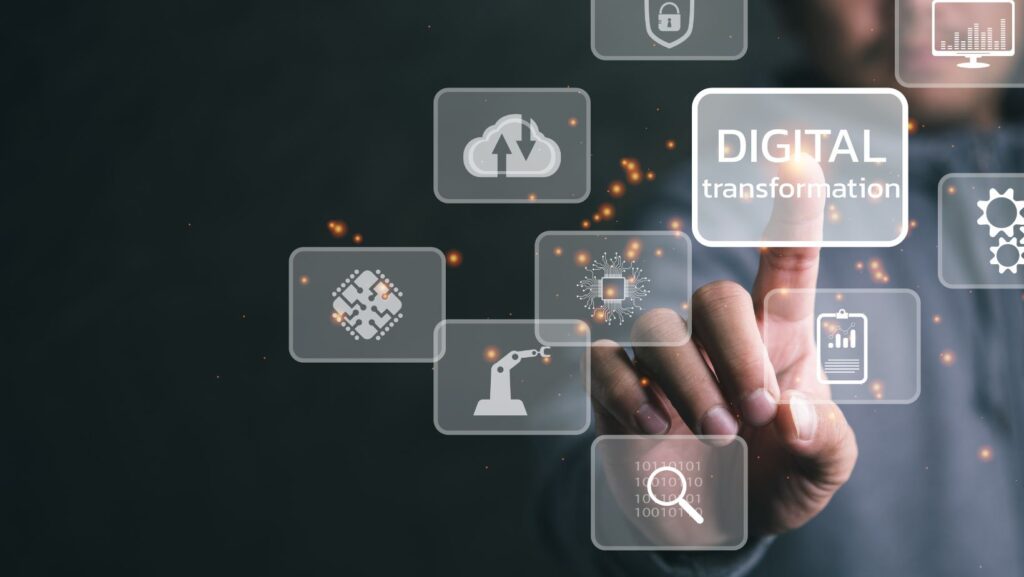Digital transformation has accelerated across every manufacturing and ecommerce vertical. Engineers, designers, and retailers alike are rethinking how customers interact with products — and 3D visualization is at the center of this evolution.
Modern 3d product configurator software combines real-time rendering, parametric design, and rule-based configuration engines to allow users to create, modify, and preview products interactively. These systems are no longer just visual marketing tools — they’ve become integral to product lifecycle management (PLM), CAD workflows, and digital sales operations.
According to a 2024 Statista report, over 62% of global manufacturers now use 3D configurators or visualization tools in some form to improve product customization and sales enablement. Gartner predicts that by 2027, enterprises integrating immersive 3D or AR product visualization into their digital sales pipelines will see a 40% increase in customer conversion rates compared to those relying solely on 2D assets.
This article explores how 3D configurator software works, its technical architecture, and how it enables next-generation AR visualization, CPQ automation, and data-driven customization.
The Technological Foundation of 3D Product Configurator Software
1. Core architecture
At its foundation, 3D product configurator software operates as a modular engine consisting of three main layers:
- Data layer: Connects product metadata, CAD drawings, PIM (Product Information Management) databases, and ERP or CRM systems.
- Logic layer: Applies business and configuration rules — ensuring only valid combinations of components, materials, and parameters are possible.
- Visualization layer: Handles real-time 3D rendering via WebGL, OpenGL, or Vulkan APIs, often integrated with frameworks like Three.js, Unity, or Unreal Engine.
The system interprets input variables (color, geometry, material, cost) and dynamically regenerates 3D meshes and textures based on parametric modeling principles.
2. Parametric and rule-based configuration
Advanced 3D configurators rely on parametric modeling, where product geometries are defined by parameters and constraints rather than fixed shapes. This allows designers to create infinite product variants without manually modeling each one.
Combined with rule-based logic (for example, using constraint solvers or JSON-based configuration schemas), the configurator ensures that only valid options are selectable — eliminating errors during order entry or production.
Integration with Enterprise Systems
A 3D configurator doesn’t exist in isolation. It interacts with multiple enterprise systems:
- ERP: Syncs pricing, BOM (Bill of Materials), and production schedules.
- CRM: Tracks user behavior, preferences, and purchase intent.
- PLM: Ensures version control and design accuracy between engineering and sales.
- CPQ: Connects configuration data directly to quoting and pricing engines.
For example, when a customer configures a custom industrial pump, the system simultaneously validates mechanical constraints, retrieves current component prices from the ERP, and generates a production-ready BOM.
According to Deloitte’s “Smart Manufacturing 2025” report, companies that achieve full configurator-to-ERP synchronization reduce quote-to-order time by 43% and lower configuration-related rework by over 55%.
Rendering Engines and Performance Optimization
Real-time rendering is the backbone of any 3D product configurator software. To ensure smooth performance, especially on mobile and web platforms, vendors use several optimization strategies:
- Level of detail (LOD) models: Automatically reduce polygon count based on zoom level or device capability.
- Texture atlasing: Combines multiple textures into one map to minimize draw calls.
- GPU instancing: Renders identical components (like screws or tiles) efficiently.
- Progressive streaming: Loads assets incrementally to reduce initial latency.
Cloud rendering solutions — powered by AWS EC2 G5 instances or NVIDIA RTX servers — allow high-quality visualization without taxing the end user’s device.
From 3D to AR: Immersive Visualization for End Users
The next frontier of digital product interaction is AR visualization — the seamless projection of configured products into the user’s real environment.
AR visualization extends the configurator’s output by leveraging mobile frameworks such as Apple’s ARKit and Google’s ARCore. It allows users to:
- Place virtual 3D models into physical space at true scale.
- Evaluate aesthetics and spatial compatibility.
- Interact with the product in real time, including lighting and shadow realism.

Technical workflow
- 3D model export: The configurator generates a lightweight, optimized USDZ or GLTF/GLB file.
- AR runtime loading: The file is loaded into an AR engine using WebAR or native app SDKs.
- Spatial mapping: The device camera and LiDAR sensors map surfaces and depth data.
- Lighting estimation: The AR system adjusts material shaders to match ambient conditions.
This results in physically accurate visualization that enhances buyer confidence and reduces decision uncertainty. Harvard Business Review’s 2024 digital retail analysis found that AR-enabled product pages increased conversion by 94% and reduced “return-to-cart” rates by 27%.
Quantifiable Business Benefits
- Conversion rate growth: Brands like IKEA and BMW report conversion uplifts between 30% and 50% after adopting interactive 3D and AR configurators.
- Operational efficiency: Automation of complex quoting and BOM generation saves 20-25% of engineering time per order.
- Lower return rates: Customers who view products in AR return them 40% less frequently than those buying from static images.
- Reduced prototyping costs: Virtual product validation can cut physical prototyping budgets by up to 60%.
- Enhanced data analytics: Every interaction within the configurator generates heatmaps and preference data that inform demand forecasting.
Applications Across Industries
1. Manufacturing and engineering
Industrial manufacturers use 3D configurators to visualize equipment, enforce compatibility constraints, and generate production drawings automatically. Integrating with MES (Manufacturing Execution Systems) ensures direct translation from digital design to CNC machining or additive manufacturing.
2. Furniture and interior design
Furniture retailers like Herman Miller and Made.com use 3D configurator engines to display multiple finishes, fabrics, and dimensions. When paired with AR visualization, customers can preview furniture to scale within their homes, leading to measurable improvements in satisfaction and loyalty.
3. Automotive and aerospace
Automakers employ parametric configurators to handle thousands of component combinations. By linking 3D configuration to supply chain systems, OEMs streamline custom orders while ensuring compliance with regional safety standards.
4. Fashion and consumer goods
AR configurators in fashion enable virtual try-ons, material simulation (cloth physics), and digital twin garments that synchronize with e-commerce APIs for instant ordering.
Emerging Technologies Shaping 3D Configuration
- AI-driven optimization: Machine learning models predict preferred configurations and automatically suggest cross-selling or upselling options.
- Cloud-native CPQ: Combines pricing algorithms with GPU cloud rendering for global scalability.
- Digital twins: Integrate real-time sensor data into 3D models, enabling predictive maintenance and product lifecycle monitoring.
- Blockchain integration: Provides immutable configuration traceability for high-value manufacturing and warranty management.
A McKinsey survey from late 2024 indicates that enterprises integrating AI into configuration workflows achieve 21% faster customization cycles and 33% higher quoting accuracy.
Implementation Roadmap for Businesses
- Assess product complexity: Identify items suitable for 3D/AR configuration (modular, customizable, or spatially dependent).
- Develop 3D asset pipeline: Convert CAD models into optimized GLTF/GLB files with reduced polygon count.
- Integrate with PIM/ERP systems: Ensure product data and pricing are synchronized.
- Deploy cloud rendering infrastructure: Choose scalable GPU instances for real-time performance.
- Implement AR visualization layer: Use WebAR frameworks to make 3D assets accessible on any device.
- Analytics and iteration: Collect behavioral data, monitor performance, and refine configuration rules.
Companies that follow this roadmap typically reach a positive ROI within 12-18 months, driven by higher engagement and reduced operational friction.
Conclusion
The rise of 3d product configurator software marks a pivotal shift in how industries design, sell, and deliver products. By merging engineering precision with interactive visualization, configurators create a unified digital-to-physical workflow that increases efficiency, accuracy, and profitability.
When extended through AR visualization, these systems evolve from sales tools into full-scale digital experience platforms — enabling customers to engage with products as if they already owned them.
As market data consistently shows, businesses adopting immersive, data-driven configurators not only enhance customer satisfaction but also redefine the competitive standard for digital commerce and Industry 4.0 manufacturing.


